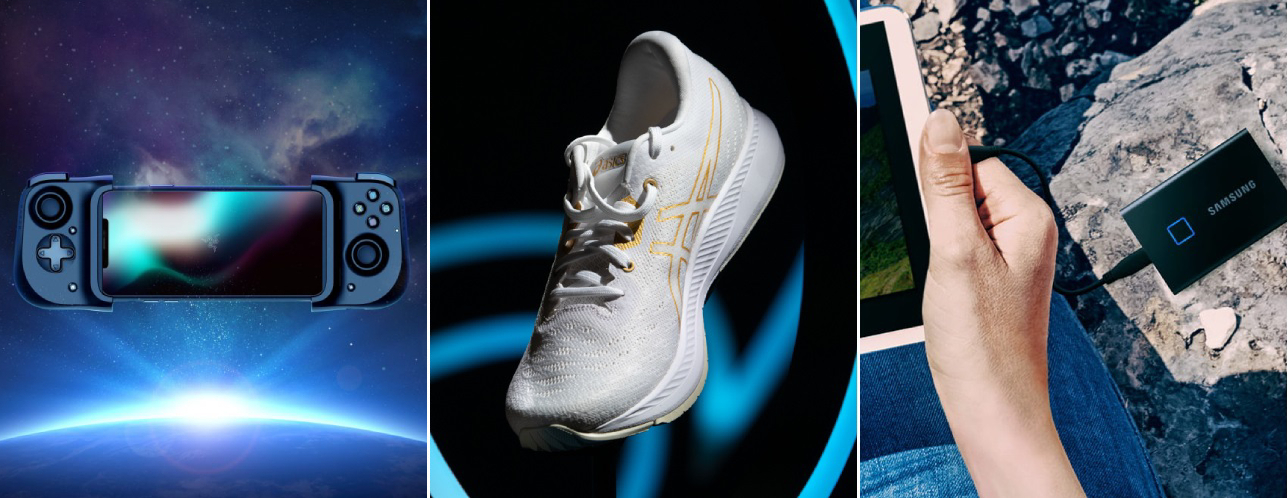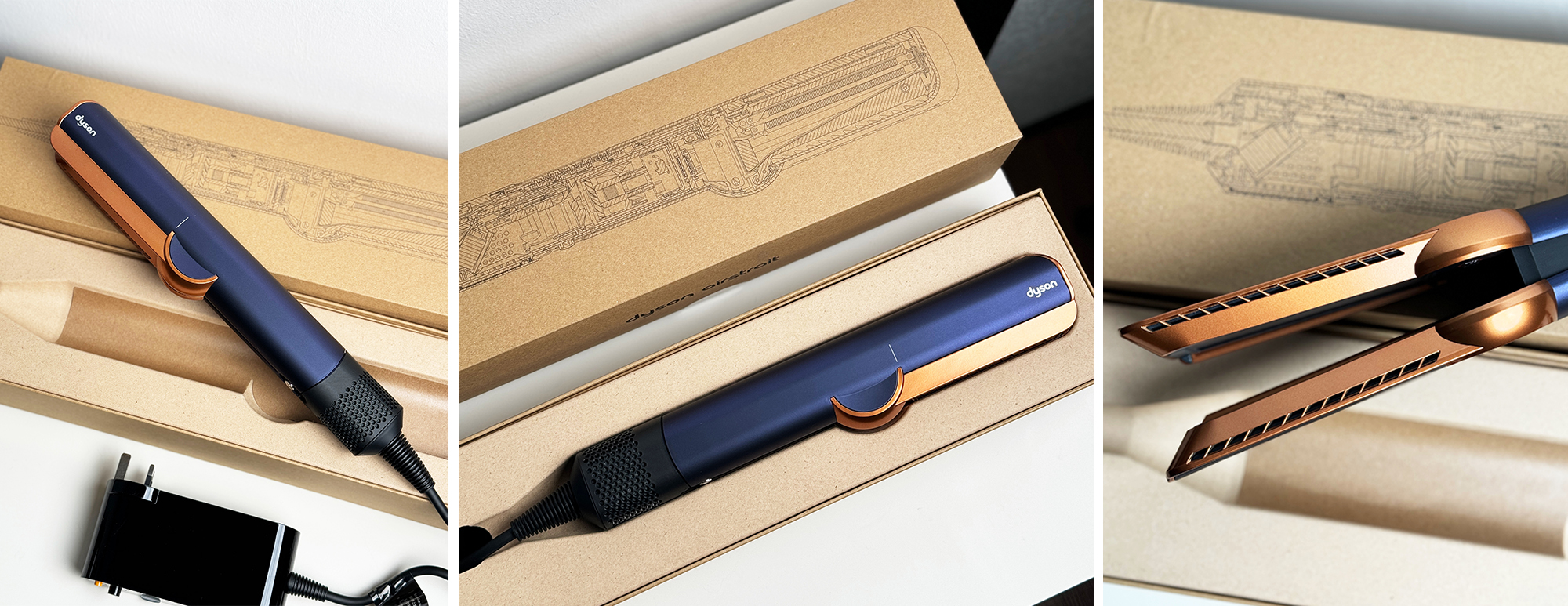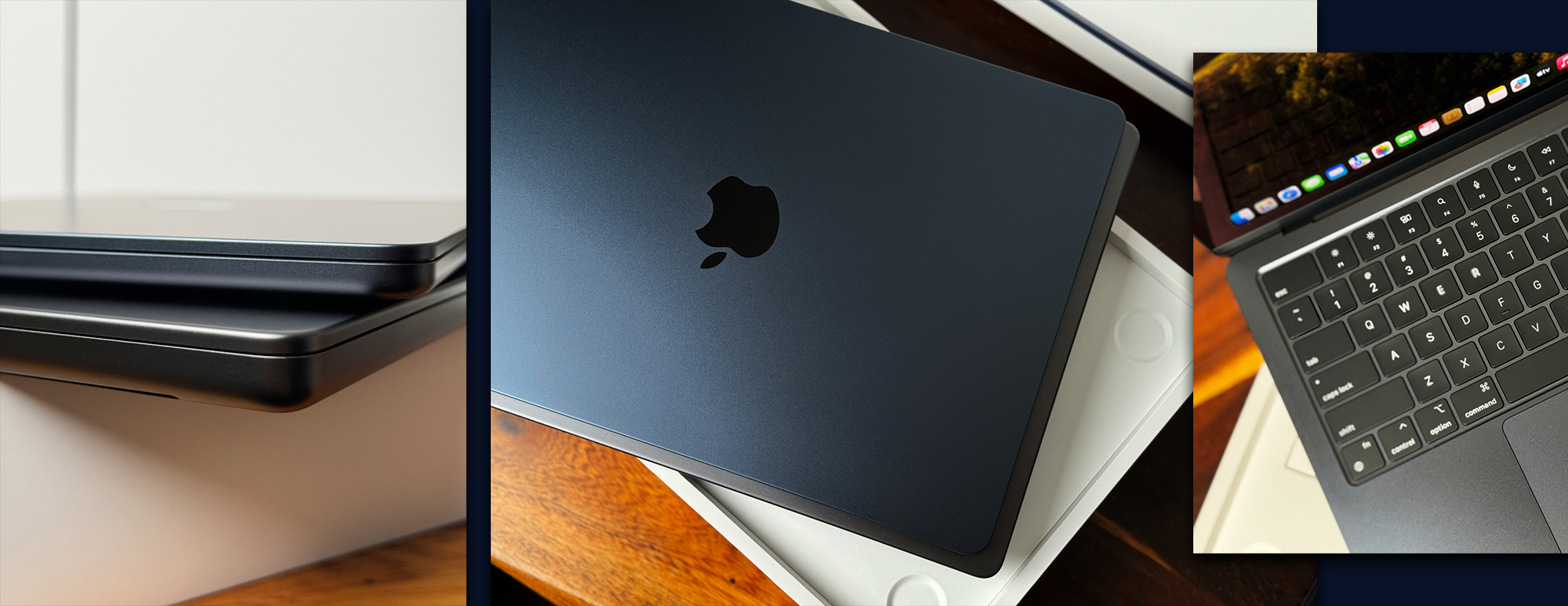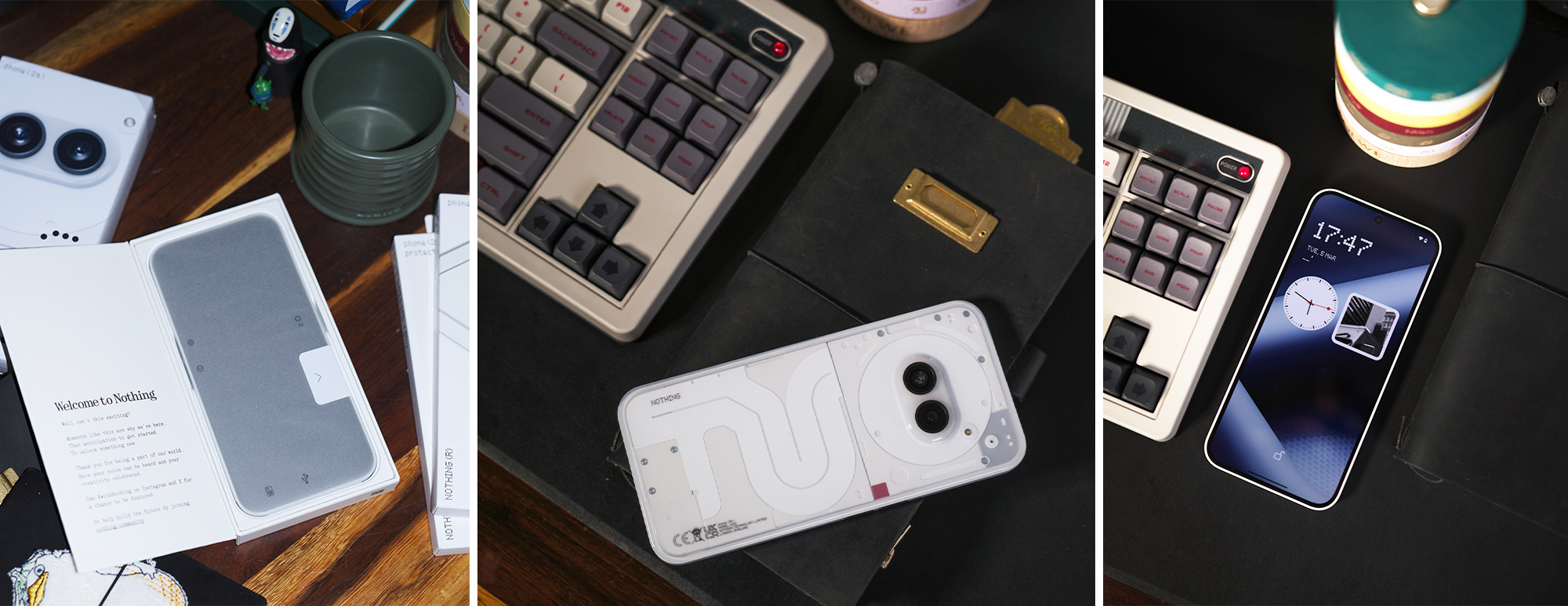It’s been about a week or so since the largest tech convention, CES 2020, came to a close but we are still reeling over the number of tech gadgets and smart systems that were announced during the 3-day long event. For the uninitiated, CES stands for Consumer Electronics Show, and it is an annual event that sees more than 4,400 participating companies come together to showcase concepts, prototypes, as well as the confirmed line-up of upcoming consumer products.
From Samsung’s newest lifestyle TV to ASICS’ first-ever smart shoes, here are the coolest gadgets to look out (and save up) for in the coming months.
1. ASICS — A Smart Shoe That Tracks Your Running Info

If you think that smart wearables are only limited to the top half of your body, ASICS is ready to change your perception with their soon-to-launch range of smart shoes that are developed in close partnership with Japanese start-up and sensor technology pioneers, no new folk studio Inc. (nnf).

Engineered to provide runners with data tracking and real-time analysis, the smart shoes will have an ORPHE Track sensor embedded within to track a range of inputs from the user (such as kick strength and stability) to give runners real-time feedback and actionable insights that can help to make them a better runner.
The intended launch for their first-ever smart shoes is slated for 2020, with more details on the specifics to follow later this year.
2. Razer — Android & iOS Compatible Mobile Gaming Controller + Handy 5G Home Router
Razer Kishi Mobile Gaming Controller

Ever wanted to up your mobile gaming experience? Whether you’re a casual mobile gamer passing the time on your commute, or a professional gamer who takes their Fortnite challenges seriously — the Razer Kishi Mobile Gaming Controller is the answer to gaining better controls over games on your smartphone.
Compatible with both Android and iOS phones, the Razer Kishi Mobile Gaming Controller is the universal tool you’ve been looking for. Similar to last year’s Junglecat controller (which was built for the Razer Phone 2), this all-new design is cloud-compatible and equips you with analog buttons and thumbsticks on both sides of your phone. This new controller also sees them partnering with Gamevice to ensure that the device is compatible with as many smartphones as possible.

With a hidden USB-C or Apple Lightning connector, the Razer Kishi Mobile Gaming Controller delivers ultra-low latency and even has a pass-through charging port for you to charge your phone quickly without having it die on you mid-game.
The Razer Kishi Mobile Gaming Controller is slated for release in early 2020 with local prices to be announced at a later date.
Sila 5G Home Router

Slow connections and interruptions are something every gamer dreads facing especially when they are in the midst of a mission or challenge. To tackle that potential issue, Razer has come up with a solution for gamers to enjoy their best experience possible with the strength and speed of 5G.
Razer’s Sila 5G Home Router is the gaming brand’s new take on its 2018 Sila router, offering a mesh router like the original but focusing on delivering an efficient gaming experience (on mobile and PC), with its rechargeable battery, as well as ability to double as a mobile 5G hotspot when you’re on the move.
Just like its predecessor, the Sila 5G Home Router uses Razer’s FasTrack system which is an adaptive QoS (quality of service) feature that ensures those gaming or streaming on the network gets priority maximum bandwidth automatically. It would also be possible to prioritise by specific game or device, and the router would notify users of any priority changes in bandwidth distribution.
In relation to the hardware within, the Sila 5G Home Router will come equipped with a Qualcomm Hawkeye IPQ8072A chip as well as a Snapdragon X55 5G modem which supports 4G LTE, 5G and Wi-Fi 6.
No further details have been released since the CES 2020 announcement.
3. Samsung — An External Storage Device That Has a Built-In Thumbprint Scanner + A TV That You Can Rotate in Two Ways
Portable Solid State Drive (SSD) T7 Touch

The current external storage device market has been relatively competitive and Samsung is ready to stay above the rest with its all-new Portable SSD T7 Touch, which combines sleek, compact design with faster transfer speeds based on the USB 3.2 Gen 2 standard.
This new device also elevates data protection to the next level with a built-in fingerprint sensor. This first-ever move creates an added layer of security to the password protection and AES 256-bit hardware encryption. It features a ‘Motion LED’ as well, which allows the user to determine the status of the device with a single glance.

Designed for both professional and casual users, the T7 Touch is compatible with Windows, Mac and Android operating systems and offered in the capacities of 500GB, 1TB and 2TB with a USB Type-C-to-C cable and a USB Type-C-to-A cable. Despite the hardware additions and solid aluminum casing, the new SSD is not only durable but also light, weighing a total of 58 grams.
The Samsung Portable SSD T7 Touch will be available in Singapore from 16 March 2020 in a black or silver finish at $222 for the 500GB model, $349 for the 1TB model, and $688 for the 2TB model.
The Sero TV

We’ve all heard of televisions expanding their screen size horizontally but how about one that pivots between horizontal and vertical orientations? Adding to their growing portfolio of lifestyle TVs, The Sero (which means vertical in Korean) is Samsung’s answer to the future of television. Following its initial rollout in South Korea last year, the tech giant is set to expand the interchangeable 43-inch 4K QLED television to several global markets this year.
The Sero’s display orientation technology creates a seamless way for users to connect their mobile devices to the television where they can naturally display content in traditional landscape formats, as well as portrait formats that are originally designed for mobile consumption. As such, this widens the variety of content that users can now enjoy — from YouTube to TikTok videos and even Instagram stories — in whatever display orientation which mirrors that of their original form on a mobile device.

In order to pull off this seemingly effortless rotating design, The Sero has an integrated, non-removable stand which includes a 4.1-channel, 60-watt speaker system inside. While the stand may not look like an aesthetically pleasing addition to the TV, it is essential to provide enough clearance for the TV when it flips to portrait mode (without hitting the floor).
Samsung’s The Sero is slated for release this year with exact prices to be announced at a later date.
4. Seagate — An Efficient Way to Move Massive Amounts of Data

Known as one of the market leaders when it comes to data solutions, Seagate has outdone themselves again with an introduction to a revolutionary modular storage solution that would help manage enterprise, cloud, and edge data.
The Seagate Lyve Drive Mobile System was developed to address the growing need to move massive amounts of data from all points in an effort to help businesses grow and become more efficient. Amongst the set-up for the system available, there are two key systems to consider — the Lyve Drive Mobile Array and the Lyve Drive Modular Array.

The Lyve Drive Mobile Array is a high-performance system with a 6-bay array that houses Seagate’s 18TB Exos HAMR (Heat Assisted Magnetic Recording) hard drives, offering a capacity of 108TB, and is shock-resistant and easy to transport. On the other hand, the Lyve Drive Modular Array comprises of a configurable 4-bay array that houses Seagate’s Expos 2X14 enterprise hard drive and is the first to integrate Seagate’s groundbreaking MACH.2 multi-actuator technology.
No further details have been released since the CES 2020 announcement.
5. Sony — Televisions with High Picture Quality in 4K and 8K + Sony Unveils Car Concept
Z8H and A8H TV

Featuring the proprietary technologies that were previously found in its Bravia flagship MASTER Series, the 8K LCD Z8H is Sony’s flagship 8K display delivered by its best-in-class Picture Processor X1 Ultimate as well as Sony’s unique new ‘Frame Tweeter’, which delivers a Sound-from-Picture Reality experience while maintaining its slim design. Additionally, the new 4K OLED A8H is set to offer an experience of high picture and sound quality with the X-Motion Clarity feature which draws fast-moving images clearly while maintaining the brightness.
No further details have been released since the CES 2020 announcement.
Vision-S

What would probably be one of the biggest surprises at CES 2020 was the unveiling of Sony’s electric car dubbed the Vision-S. The prototype was designed as a concept to bring safety, entertainment, and adaptability together for the driver and the passenger.
Among the internal features of the car is an all-sensing technology which is used to detect the passengers of the vehicle and allow for them to take gesture control of the car’s entertainment systems. The Vision-S prototype saw a total of 33 sensors which commands include offering driver-assistant technologies like self-parking and automatic change of lanes.
Although the car sounds pretty much ready for manufacture, Sony has no plans to actually mass-produce the Vision-S for consumers. The big reveal of their would-be car was just a way for the Japanese tech brand to showcase their innovative ideas for the automotive world, which could still be made a reality in time to come.
The Vision-S is just Sony’s concept for the future of cars and they currently have no further plans to develop the car for market.











You must be logged in to post a comment.